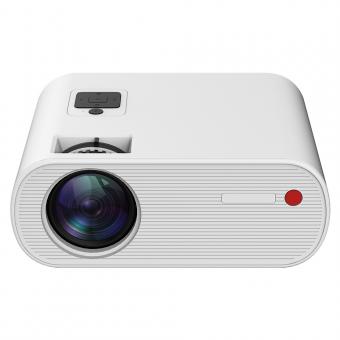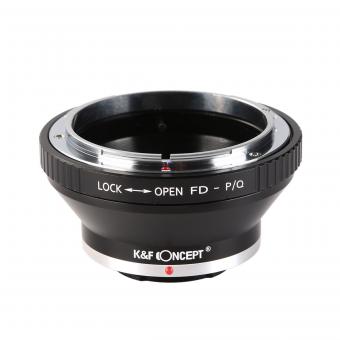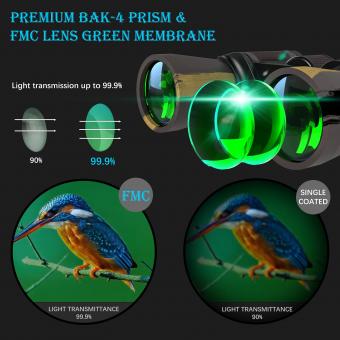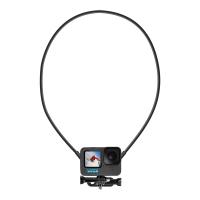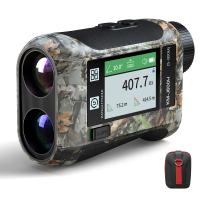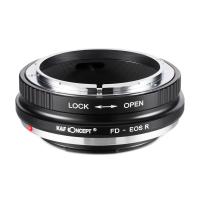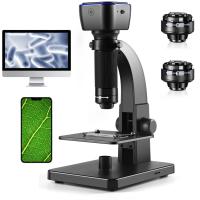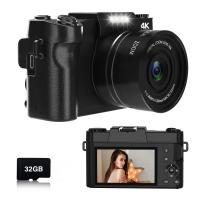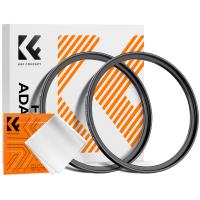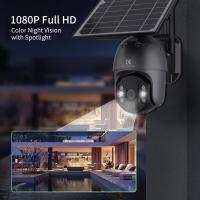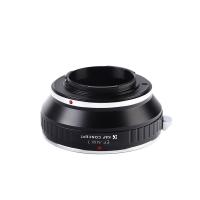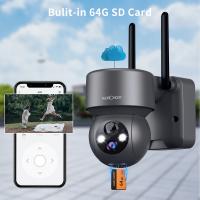What Does 10 X 50 Binoculars Mean ?
10 x 50 binoculars refer to a type of binoculars that have a magnification power of 10 and an objective lens diameter of 50mm. The magnification power of 10 means that the image seen through the binoculars appears 10 times closer than it would with the naked eye. The objective lens diameter of 50mm refers to the size of the front lenses of the binoculars, which determines the amount of light that enters the binoculars. A larger objective lens diameter allows more light to enter, resulting in a brighter and clearer image. Therefore, 10 x 50 binoculars are ideal for outdoor activities such as bird watching, hunting, and stargazing, as they provide a good balance between magnification and brightness.
1、 Magnification: 10x
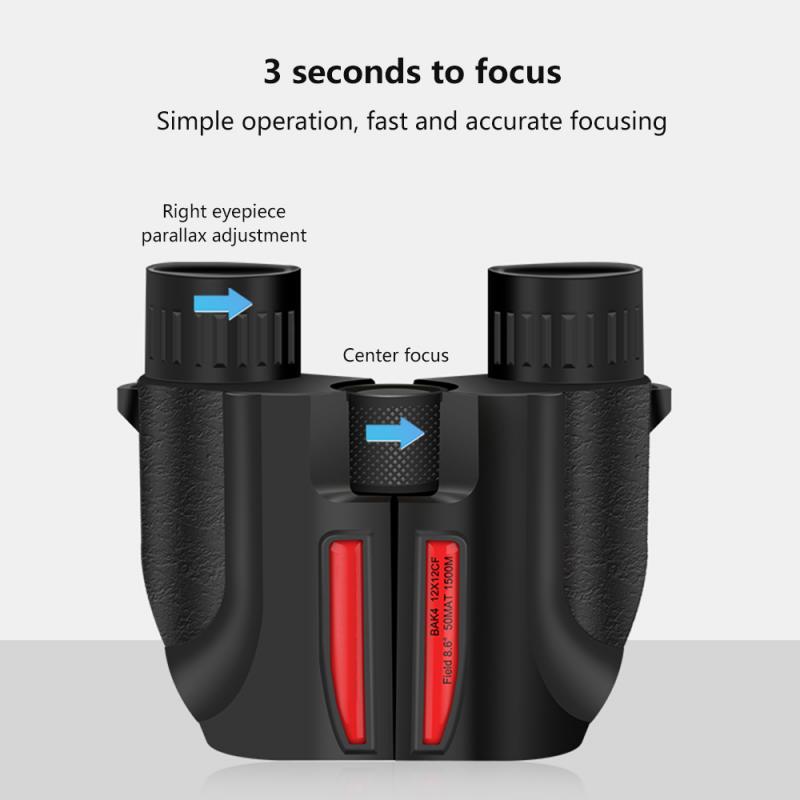
"What does 10 x 50 binoculars mean?" The answer is that the number 10 refers to the magnification power of the binoculars, while the number 50 refers to the diameter of the objective lens in millimeters. The magnification power of 10x means that the image you see through the binoculars will appear 10 times closer than it would with the naked eye. The objective lens diameter of 50mm means that the binoculars will gather a lot of light, making them ideal for use in low-light conditions.
When choosing binoculars, it's important to consider the intended use. For example, if you plan to use them for birdwatching or wildlife observation, a magnification power of 8x or 10x is usually sufficient. However, if you plan to use them for stargazing or astronomy, a higher magnification power may be necessary.
The objective lens diameter is also an important factor to consider. A larger objective lens diameter means that the binoculars will gather more light, resulting in a brighter and clearer image. However, larger objective lenses also mean that the binoculars will be heavier and bulkier.
In summary, 10 x 50 binoculars have a magnification power of 10x and an objective lens diameter of 50mm. They are ideal for use in low-light conditions and are suitable for a variety of outdoor activities such as birdwatching, wildlife observation, and stargazing. When choosing binoculars, it's important to consider the intended use and to find a balance between magnification power and objective lens diameter.
2、 Objective lens diameter: 50mm
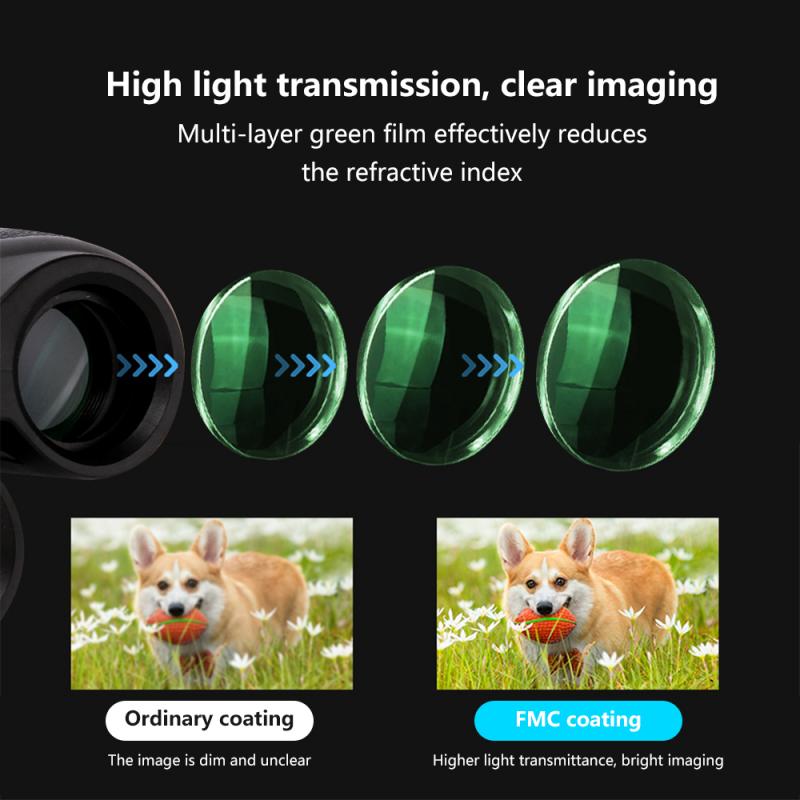
"What does 10 x 50 binoculars mean?" is a common question among those who are new to the world of binoculars. The answer lies in understanding the two numbers that are used to describe binoculars. The first number, in this case, 10, refers to the magnification power of the binoculars. This means that the image you see through the binoculars will appear 10 times closer than it would with the naked eye. The second number, 50, refers to the objective lens diameter, which is the diameter of the front lens element in millimeters.
The objective lens diameter is an important factor to consider when choosing binoculars. A larger objective lens diameter allows more light to enter the binoculars, resulting in a brighter and clearer image. This is especially important in low-light conditions, such as at dawn or dusk, or when observing objects in shaded areas. A 50mm objective lens diameter is considered a good size for general use binoculars, providing a good balance between brightness and portability.
It's worth noting that the magnification power and objective lens diameter are not the only factors to consider when choosing binoculars. Other factors such as the quality of the optics, the field of view, and the durability of the binoculars should also be taken into account. Additionally, personal preferences and intended use should also be considered when choosing binoculars.
In summary, 10 x 50 binoculars refer to binoculars with a magnification power of 10 and an objective lens diameter of 50mm. The objective lens diameter is an important factor in determining the brightness and clarity of the image seen through the binoculars. When choosing binoculars, it's important to consider a range of factors, including the quality of the optics, the field of view, and personal preferences.
3、 - Magnification
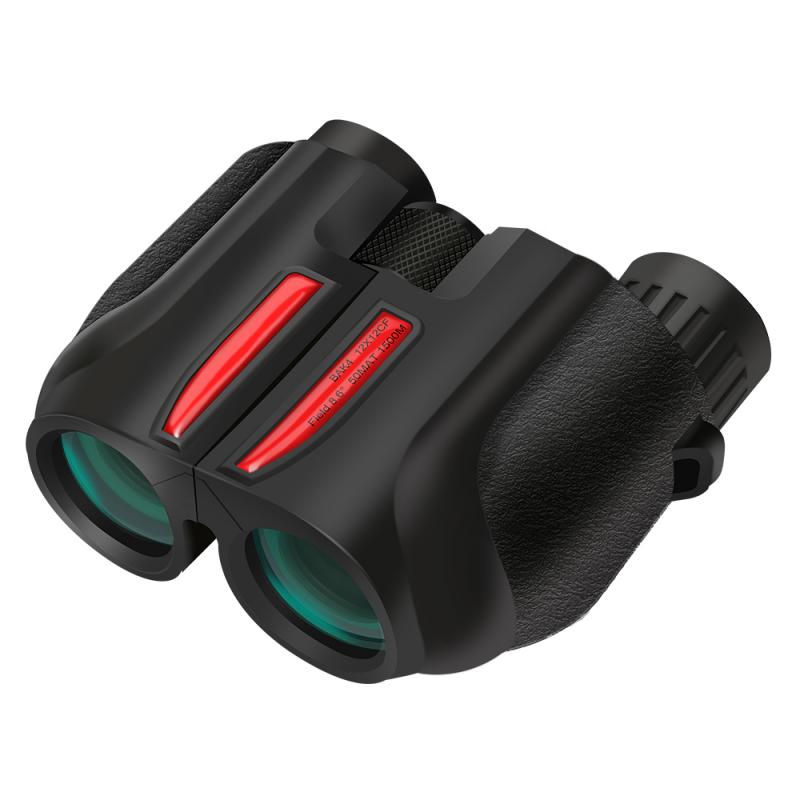
"What does 10 x 50 binoculars mean?" - Magnification.
When you see a set of binoculars labeled as "10 x 50," the first number (10) refers to the magnification power of the binoculars. This means that the image you see through the binoculars will appear 10 times closer than it would with the naked eye. The second number (50) refers to the diameter of the objective lens in millimeters. The objective lens is the larger lens at the end of the binoculars that gathers light and focuses it onto the eyepiece.
So, in the case of 10 x 50 binoculars, the objective lens has a diameter of 50 millimeters, which allows for a larger amount of light to enter the binoculars. This results in a brighter and clearer image, especially in low-light conditions.
It's important to note that while magnification is an important factor to consider when choosing binoculars, it's not the only factor. The quality of the lenses, the field of view, and the overall build and design of the binoculars can all impact the viewing experience.
In recent years, there has been a trend towards higher magnification binoculars, such as 12x or even 16x. However, it's important to keep in mind that higher magnification can also lead to a narrower field of view and a shakier image, especially if the binoculars are not stabilized. Ultimately, the best binoculars for you will depend on your specific needs and preferences.
4、 - Objective lens diameter
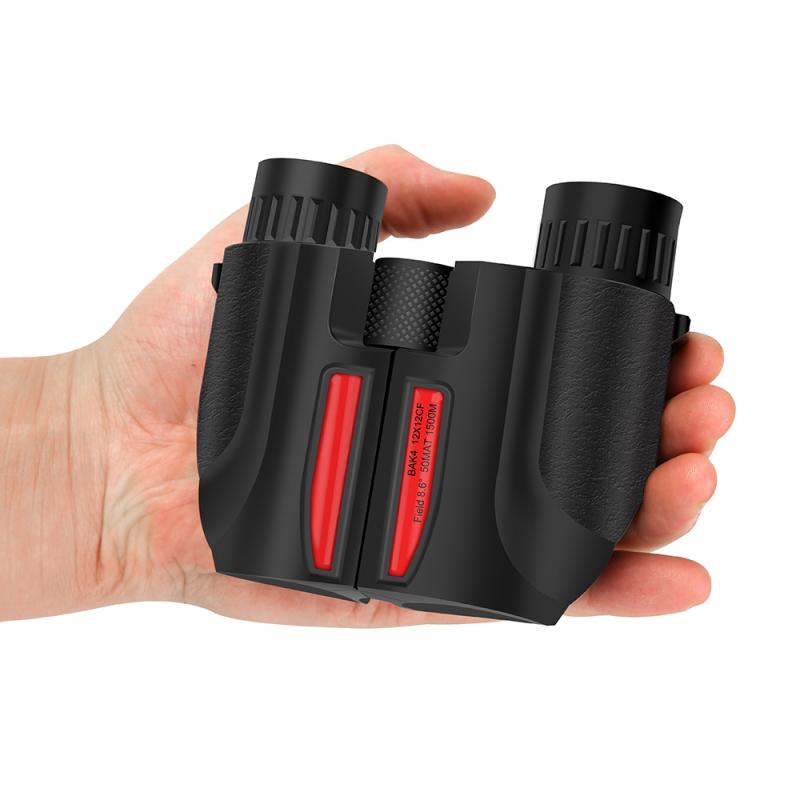
"What does 10 x 50 binoculars mean?" The answer to this question is "Objective lens diameter." The first number, "10," refers to the magnification power of the binoculars, meaning that the image will appear 10 times closer than it would to the naked eye. The second number, "50," refers to the diameter of the objective lens in millimeters. The objective lens is the lens at the end of the binoculars that is farthest from your eyes and collects light to form an image. A larger objective lens diameter allows more light to enter the binoculars, resulting in a brighter and clearer image.
In recent years, there has been a trend towards larger objective lens diameters, with some binoculars boasting objective lenses of 80mm or more. These larger lenses provide even brighter and clearer images, especially in low-light conditions. However, they also make the binoculars heavier and bulkier, which may not be ideal for all users.
It's important to note that the objective lens diameter is just one factor to consider when choosing binoculars. Other factors include the quality of the lenses and coatings, the field of view, and the overall build and design of the binoculars. Ultimately, the best binoculars for you will depend on your specific needs and preferences, as well as your budget.


